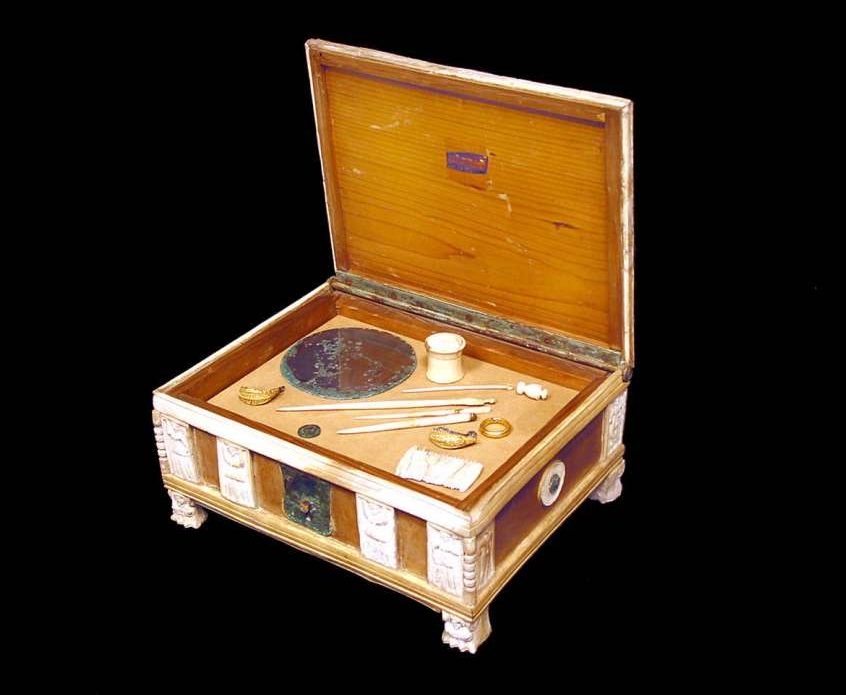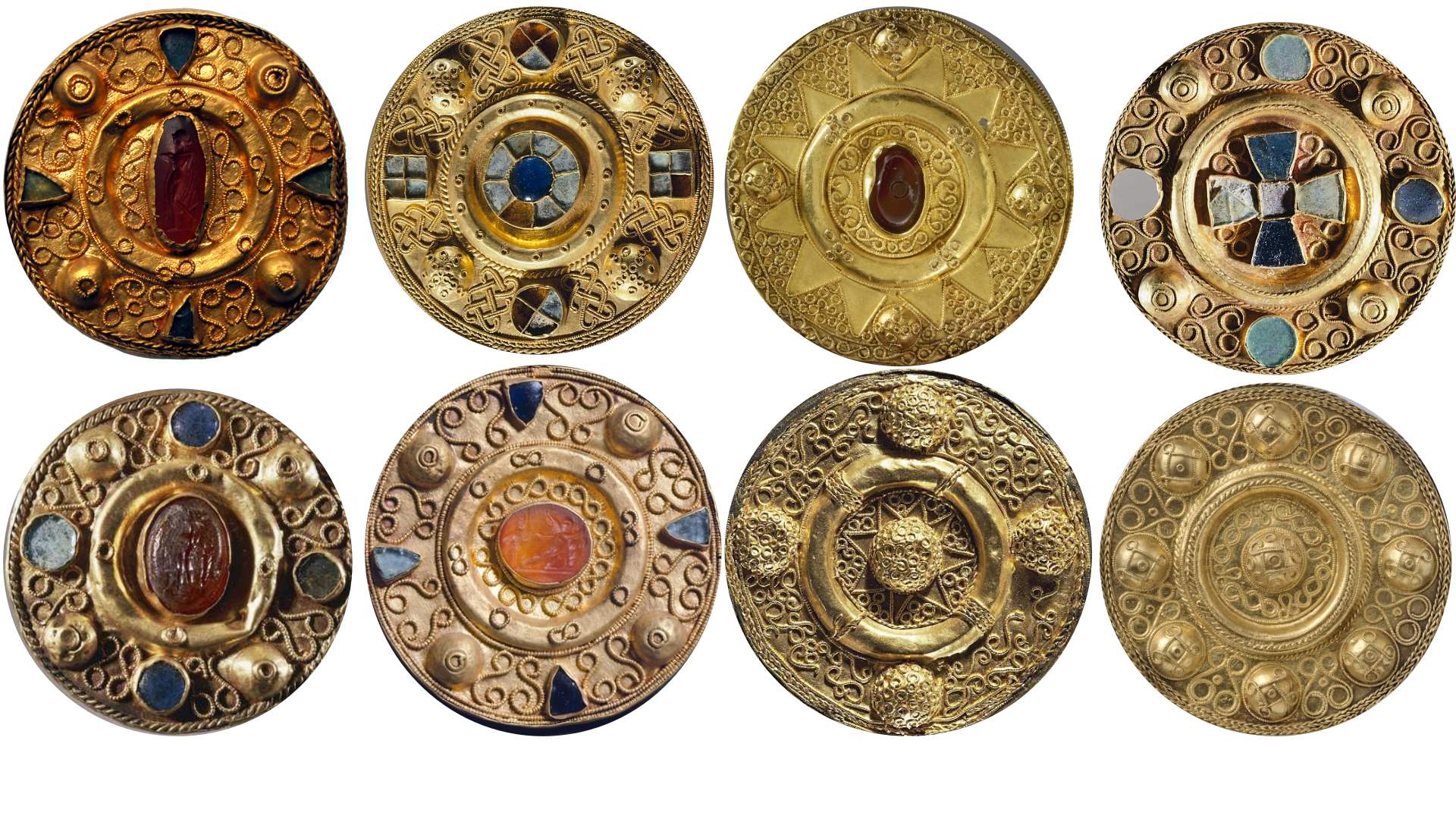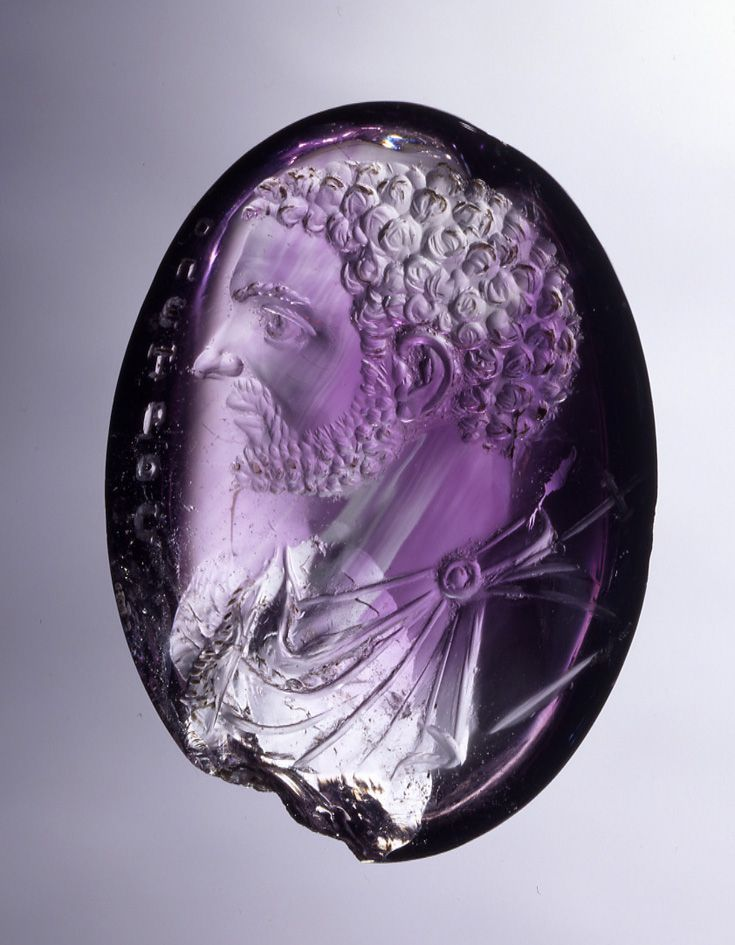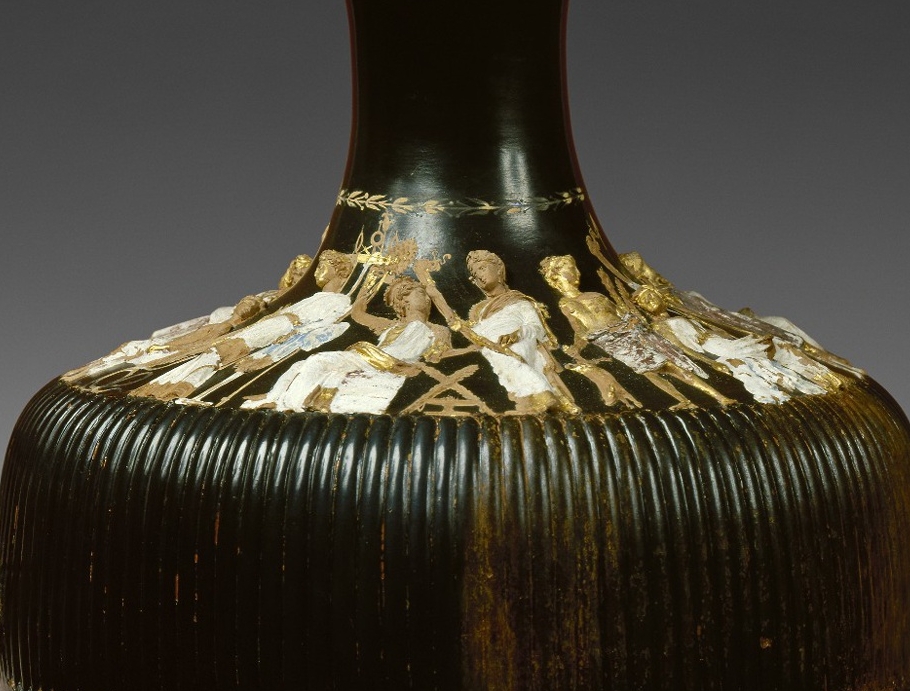In the Rijksmuseum van Oudheden there is a wonderful brooch, so-called Germanic disk fibula, made of silver with a layer of the gold leaf. It was found in southern Netherlands and is dated to 100-300 CE.
A very similar pattern and method of execution can be seen on the Balteus belt fittings found in the grave of a 25-30-year-old man in Linowo, Grudziądz county, Cuyavian–Pomeranian Voivodship, Poland. The grave no. 114 is dated from 210/230 CE to 260 CE.
The most interesting is the the largest and best preserved ornament looking very much like the brooch from Netherlands.
According to the report the belt fittings were original items of the Balteus belt. “The belt was worn over the left shoulder, passing obliquely down, and was fastened at the right side where a sword was suspended.”

Source:
Towards manufacturing technology: Balteus belt–fittings from the Wielbark culture cemetery in Linowo (Poland)
Aldona Garbacz-Klempka, Łukasz Kowalski, Jarosław Strobin
In Journal of Archaeological Science: Reports. Volume 15, October 2017, Pages 370-380



















